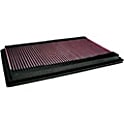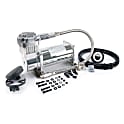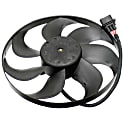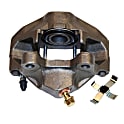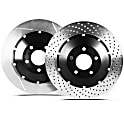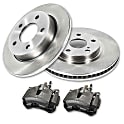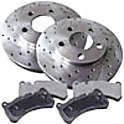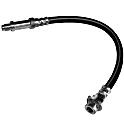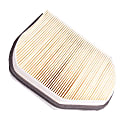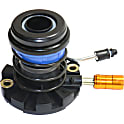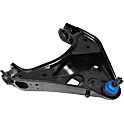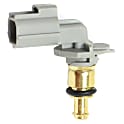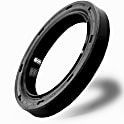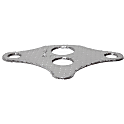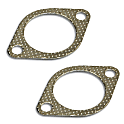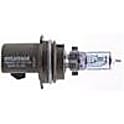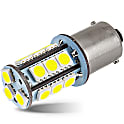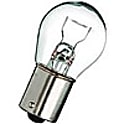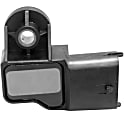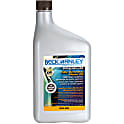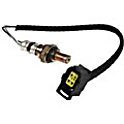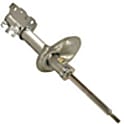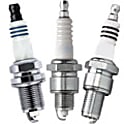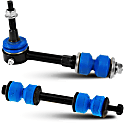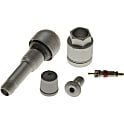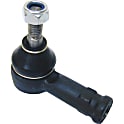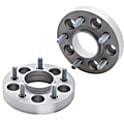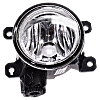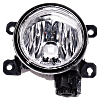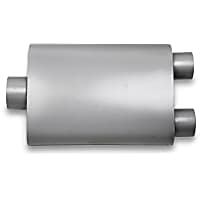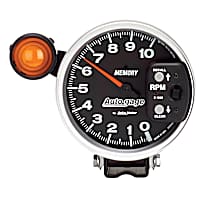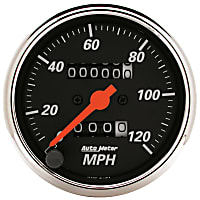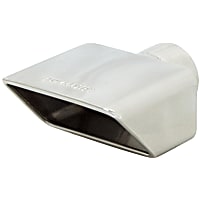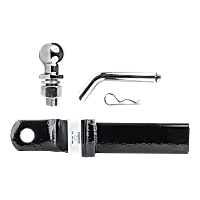{
"lazyNodes": false,
"abFitnotesFlag": false,
"abCrawlReviews": false,
"productOptionsCookie": false,
"orderDelayFlag": false,
"skipSessionCookie": false,
"covidMessage": false,
"fullTitleCookie": false,
"nrLoggerCookie": false,
"checkoutReviewCookie": false,
"productOptionSeqCookie": false,
"maintenanceFlag": false,
"bufferETACookie": false,
"multiShippingDiscountFlag": false,
"newFitmentFlag": false,
"surveyOptInFlag": false,
"crossSellFlag": false,
"skuMappingFlag": false,
"paySplitCookie": false,
"callDisableFlag": false,
"zipPaymentFlag": "u",
"hassleFreeReturn": false,
"lifetimeReplacement": false,
"cpn_off": false
}
Honda CR-Z Parts & Accessories
Find the right parts fasterSelect Your Vehicle Part
Top Rated Products
Popular Products
Product Questions & Answers
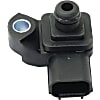
Shopping for Honda CR-Z Parts
The Honda CR-Z is Honda's attempt at blending fun driving with fuel efficiency. It comes equipped with a hybrid powertrain that makes it a very capable compact car when it comes to acceleration and handling. But, even if your car is designed to be tough, proper maintenance is still necessary to keep it running smoothly and aesthetically appealing. And spring time is the best time for auto maintenance as well as preparing your car for those long trips and country driving on the summer. Below are some tips on how to get your car ready for the summer:
- Read your car's manual.
Your owner's manual is a treasure trove of knowledge when it comes to maintaining your car. Read it and follow all the recommendations for service schedules.
- Check the engine.
Make sure that everything in your Honda CR-Z's engine is in order. If you've been experiencing hard starts, rough idling or stalling, have these issues checked and addressed before going on those road trips. Also check all the fluids in the engines; make sure that they are full and relatively clean. Consult your manual to know where the reservoir for all these fluids are located as well as get advice on how much to fill them up. The belts and hoses should also be checked; have these replaced when you find any signs of damage such as cracks. Replace worn out spark plugs for better mileage.
- Get rid of road salt on the undercarriage.
It's easy to neglect what's underneath your car since you barely see them. However, one of the things you should do when doing maintenance for your vehicle is to clean the undercarriage. Road salt deposits can damage your vehicle by eating away at its undercarriage. It's fairly easy to remove those road salts anyway. Just use a garden hose with as much water pressure to loosen winter grime and salt. A movable lawn sprinkler that you can set under the vehicle will also work.
- Check the tire pressure and replace the winter tires.
What you should understand about tire pressure is that you lose about 1 pound per square inch of it for every 10 degrees Fahrenheit change in temperature. Therefore, it is a must that you check the pressure after weather changes. Consult your manual regarding the correct and recommended PSI level; use a tire pressure gauge for this. But, basically you just have to make sure that your tires are not underinflated or overinflated. You should also remove your winter tires to preserve them for next winter. It is recommended that you use your all-season tires for warmer weather.
- Have a complete inspection of the car's exteriors.
Spring time is the time for you to check everything in your car including the exterior parts such as the windshield wiper blades. Your wipers work hard during winter removing dirt and debris, even salt spray. Keep in mind that the average lifespan of wiper blades is six months to a year. Make sure that the blades are still making full contact with the windshield and the washer fluid has not dried up. You also need to inspect the paint job for any signs of rust; this should be treated immediately before the rust eats away your car's surface. You should also make sure that the lights assembly are clean and everything is working fine.

